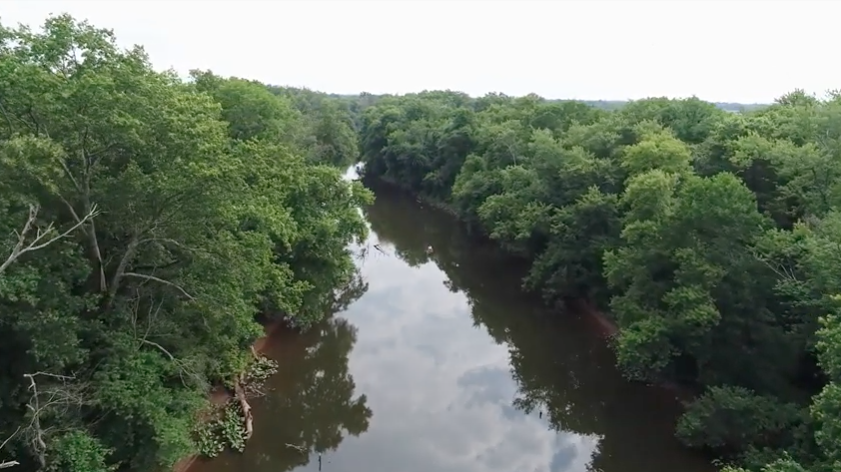Our Mission
Keeping water clean, safe and healthy is the heart of our mission. We work to protect and restore our water and natural environment in central New Jersey through conservation, advocacy, science and education.
Our Values
The Watershed Institute holds the values described below in all aspects of what we do at our Watershed Center and Reserve as well as in our work in the surrounding communities in central New Jersey and beyond. We believe that clean water is a fundamental human right. In working to advance this goal, we:
Welcome our visitors, members, volunteers, and staff with enthusiasm, kindness and respect.
Strive to create a place at the Watershed Center and Reserve where everyone, from diverse
backgrounds − culture, race/ethnicity, sexual orientation, gender identity and expression, age,
religious affiliation, socioeconomic status, and physical and mental ability − feels comfortable
and safe exploring and enjoying natural spaces.
Pledge to work for clean water and a healthy environment, including in communities that have
been unjustly affected by systematic racism and environmental pollution. Environmental justice
will be achieved when all people enjoy strong and effective protection from environmental and
health hazards, access to green spaces, and equal access to the decision-making processes for
creating healthy environments in which to live, learn, and work. We will work in partnership with
other organizations toward this goal.
Provide environmental education, with a focus on water, which instills wonder about the natural
world and its biodiversity. We hope that by teaching others about the interconnectedness of all
living things, we will help participants embrace diversity and biodiversity in their own
communities.
Steward our 950-acre reserve with the goal of preserving the land and water so it continues to
provide healthy habitats for many generations to come. It will also provide a natural place of
refuge and sanctuary for all visitors. We recognize that the land and water now under our care are
the traditional and ancestral territory of the Lenni-Lenape. We pay respect to Lenape people’s
past, present, and future and their continuing presence in the homeland and throughout the
Lenape diaspora.
Involve people from our local communities in important scientific data collection to help us
monitor the health of our waterways, watersheds and plant and animal habitats.
Empower people to advocate for clean and healthy water and the conservation of watersheds
and nature in the towns and regions where they live.
Listen to our local communities so we can be better partners working towards shared
environmental goals. We recognize that too often the voices of low-income people and communities of
color are not heard.
Acknowledge that human behaviors are responsible for the recent changes in our planet’s
climate and loss of biodiversity. We will strive to create authentic partnerships to support
communities that are and will become disproportionately more impacted by climate change. We
will continue to educate people of all ages about how to protect and preserve the environment
and how they can spread truthful information in their communities.
The Watershed Institute, through the work of its Justice, Equity, Diversity, and Inclusion (JEDI) Council, is committed to creating a welcoming and safe space for all employees and community members. Click Here for a copy of our Justice, Equity, Diversity and Inclusion Report
Our staff includes policy advocates, scientists, land and water stewards, naturalists and educators. We speak out for water and the environment, protect and restore sensitive habitats, test our waterways for pollution, and inspire others to care for the natural world. We focus much of our work in the Stony Brook-Millstone and the adjacent part of the Central Delaware River Watersheds, while also leading several statewide initiatives.
As a non-profit organization we depend on the support of members and volunteers. Learn how you can help us protect central New Jersey’s water and environment.


Since that time, our focus has evolved. Today we protect clean water and the environment through a combination of conservation, advocacy, science and education. Thanks to the loyal support of our members and volunteers the Watershed Institute has grown into one of the largest and most respected watershed associations in the country.
Site by Scout Digital
Governor Murphy is under pressure to abandon legislation that would protect New Jersey from flooding. Sign our petition to show your support!